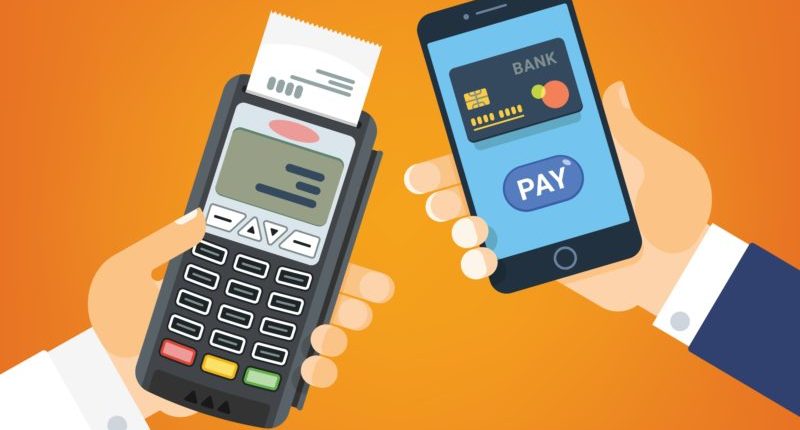Online merchants may lose revenue of up to 20% to 40% after 31 December; starting 1 January 2022, merchants cannot store users’ card data. A user will have to replace the card number with a randomised token number.
Merchants, especially smaller ones, could lose out in this new implementation process though they are not at fault, as they are not in a position to comply with the new tokenisation norms as per the RBI rules. They need more time in getting ready with the required tokenisation infrastructure.
Approximately, there are around 98.5 crore cards in India, out of which about 1.5 crore transactions occur daily worth Rs 4,000 crore. According to the RBI’s annual report, in 2020-21, the worth of the Indian digital payments industry stood at Rs 14,14,85,173 crore. During this period, digital payments have increased and ratified economic growth, particularly in the trying times of the COVID-19 pandemic.
If a consumer needs to complete a transaction successfully via token in the place of their card information, the tokenisation solution must have completed three steps. These steps include token provisioning, token processing and a scale-up concerning multiple use scenarios.
Nevertheless, India is yet to complete these three essential steps. If rushed through the tokenisation system without sufficient preparedness, it could impact transactions negatively.
For any clarifications/feedback on the topic, please contact the writer at bhavana.pn@cleartax.in
Bhavana is a Senior Content Writer handling the GST vertical. She is committed, professional, and has a flair for writing. When away from work, she enjoys watching movies and playing with her son. One thing she can’t resist is SHOPPING! Her favourite quote is: “Luck is what happens when preparation meets opportunity”.





